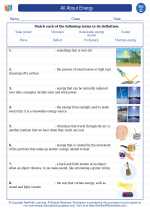Membrane Potential
Membrane potential refers to the difference in electric potential between the inside and the outside of a cell membrane. This difference in charge is critical for many biological processes, including the functioning of neurons and muscle cells.
How is Membrane Potential Generated?
Membrane potential is generated by the movement of ions across the cell membrane. The membrane is selectively permeable, allowing certain ions to pass through while restricting others. This creates an imbalance of positive and negative charges, leading to the establishment of a membrane potential.
Types of Membrane Potential
There are two main types of membrane potential:
- Resting Membrane Potential: This is the baseline membrane potential of a cell at rest, typically around -70 millivolts in neurons. It is maintained by the active transport of ions by ion pumps and channels.
- Action Potential: This is a transient reversal of membrane potential that is essential for the transmission of signals in neurons and muscle cells.
Factors Affecting Membrane Potential
Several factors can affect the membrane potential of a cell:
- Ion Concentration Gradients: Variations in the concentration of ions inside and outside the cell can influence the membrane potential.
- Permeability of the Membrane: Changes in the permeability of the membrane to specific ions can alter the membrane potential.
- Activity of Ion Channels: Opening or closing of ion channels can impact the movement of ions and thus the membrane potential.
Functions of Membrane Potential
Membrane potential serves several important functions in living organisms:
- Transmission of Nerve Impulses: Changes in membrane potential enable the transmission of electrical signals along nerve cells.
- Muscle Contraction: Membrane potential plays a crucial role in initiating and coordinating muscle contractions.
- Cell Signaling: It is involved in various cellular processes, including the release of neurotransmitters and hormone secretion.
Studying Membrane Potential
To understand membrane potential, it is important to study the following concepts:
- Electrochemical Gradient: Learn about the forces that drive the movement of ions across the membrane.
- Ion Channels and Pumps: Understand the mechanisms responsible for ion movement across the membrane.
- Action Potential: Explore how changes in membrane potential lead to the generation of action potentials in excitable cells.
Understanding membrane potential is crucial for comprehending the functioning of the nervous system, muscle physiology, and various cellular processes.
.◂Science Worksheets and Study Guides Third Grade. All About Energy
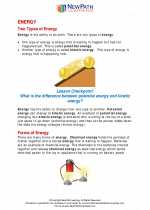
 Worksheet/Answer key
Worksheet/Answer key
 Worksheet/Answer key
Worksheet/Answer key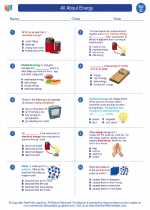
 Worksheet/Answer key
Worksheet/Answer key
 Worksheet/Answer key
Worksheet/Answer key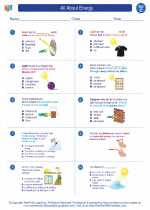
 Worksheet/Answer key
Worksheet/Answer key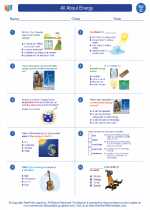
 Worksheet/Answer key
Worksheet/Answer key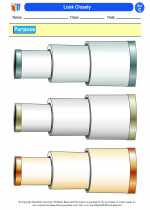
 Vocabulary/Answer key
Vocabulary/Answer key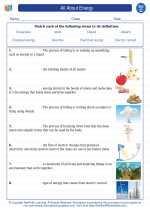
 Vocabulary/Answer key
Vocabulary/Answer key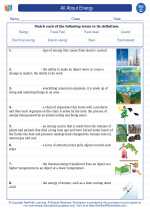
 Vocabulary/Answer key
Vocabulary/Answer key
 Vocabulary/Answer key
Vocabulary/Answer key